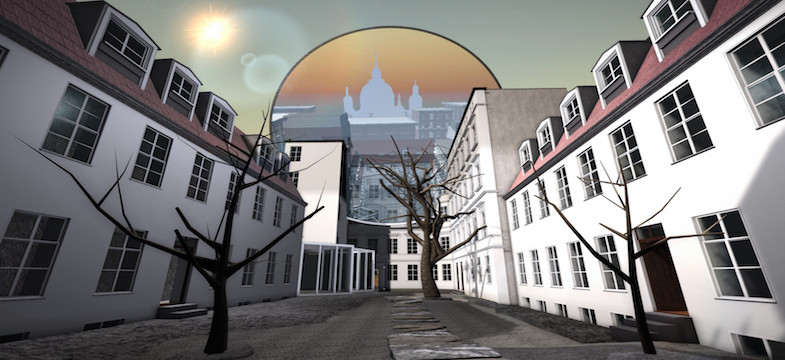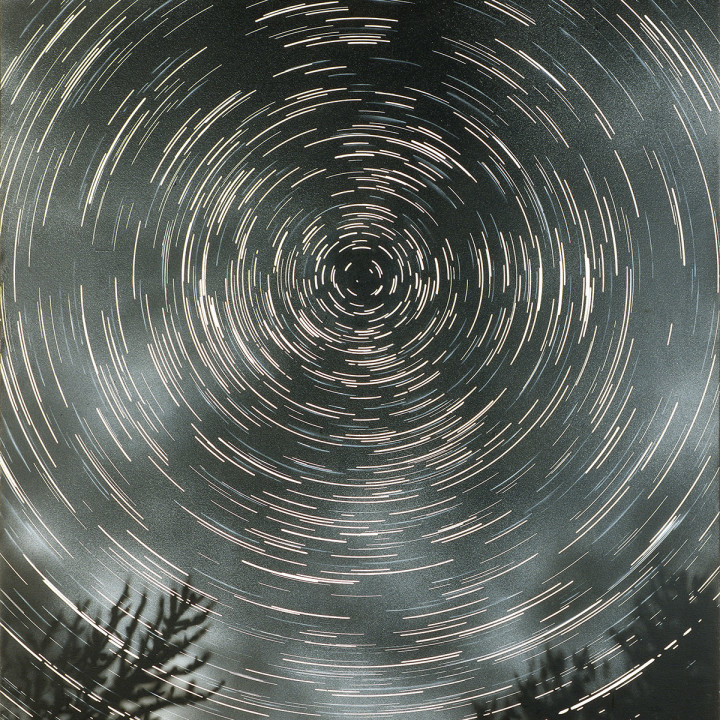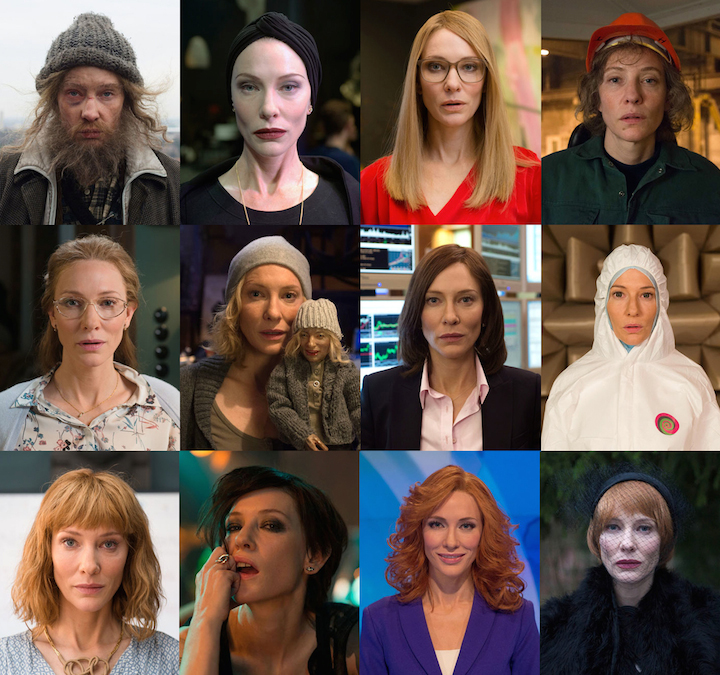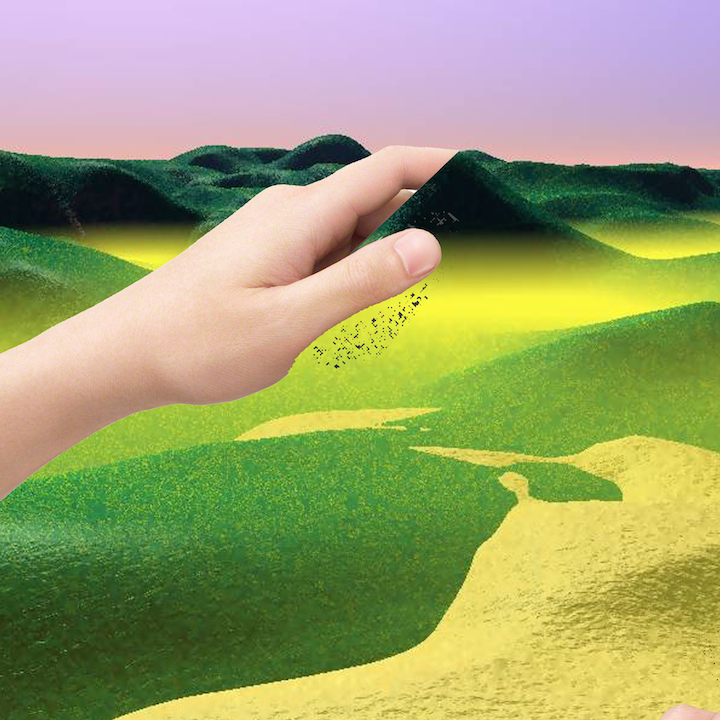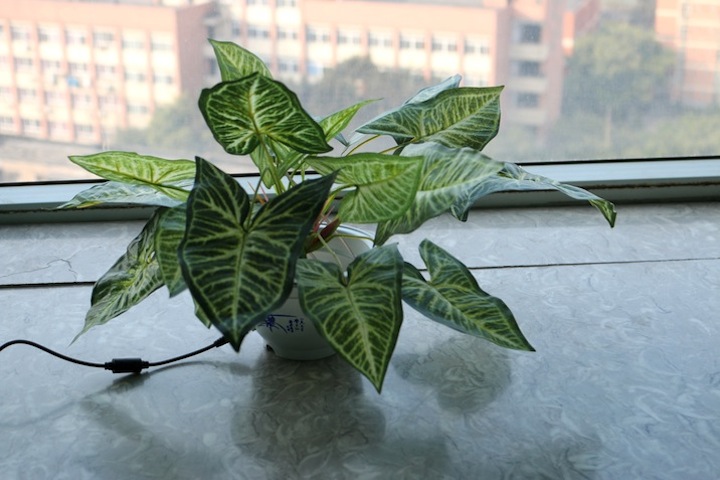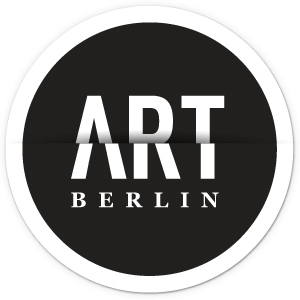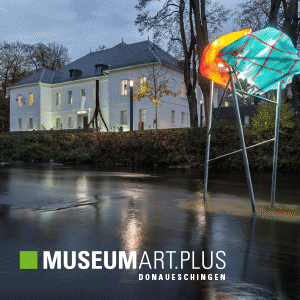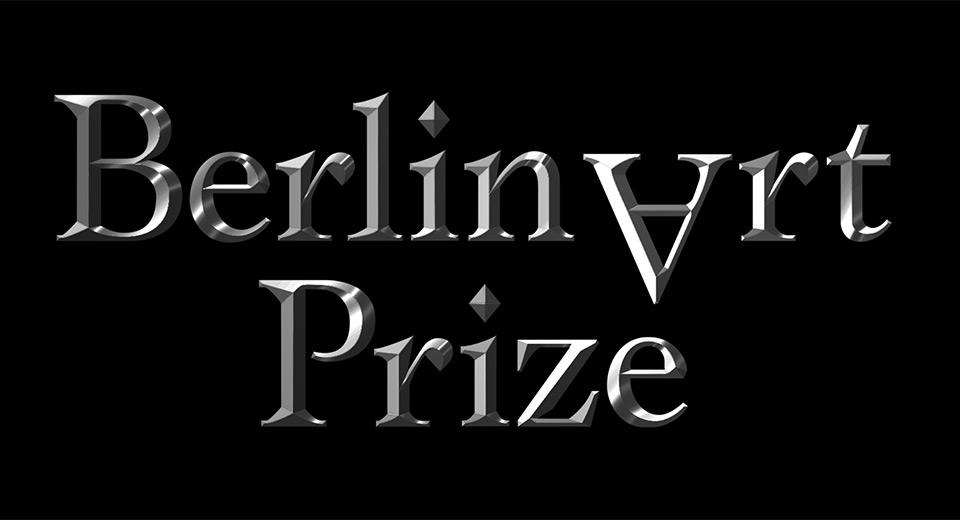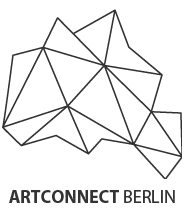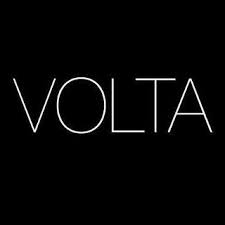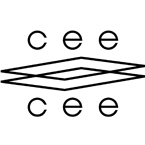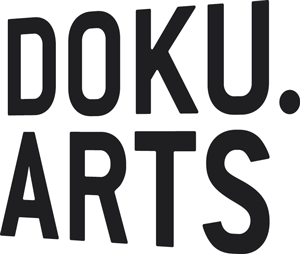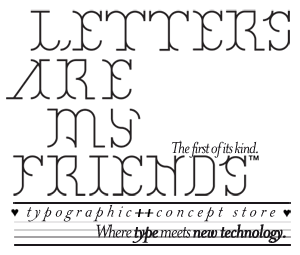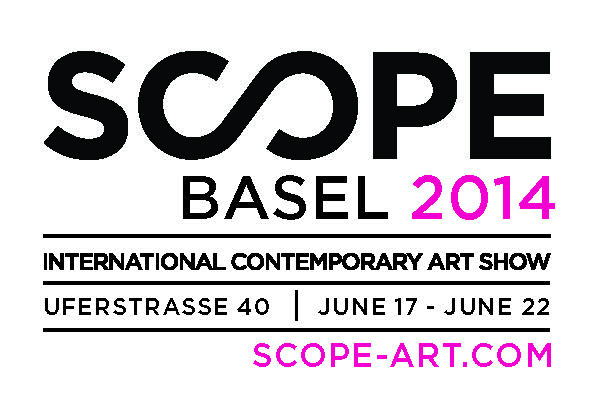Kienzle Art Foundation & cavusspace // How to be Unique
06th February – 01st May 2016
How indeed? If you’re looking for the answer you should think about a visit to the Kienzle Art Foundation and the cavuspace, both of which are cooperating in this latest exhibition. As a large portion of Jochen Kienzle’s art collection has been given a new home in the Kunstmuseum Liechtenstein in Vaduz, the foundation says goodbye to the works by organising one last presentation. Known for his active efforts in engaging young people in art events and discussing art publicly, Jochen Kienzle has focussed his selection of art on painting and conceptual art since the 1960’s. Although the foundations art includes big names such as Franz Erhard Walther and Jack Goldstein, the KAF aims also to recover artists from oblivion, artists having been marginalised or forgotten despite their great art. In the words of Kienzle himself: “What is crucial regarding the quality of art is not its monetary value but the impulse it gives to advance critical art discourse. In addition I am convinced that art and education are inseparable. I see a fundamental mission for education here.”
Kienzle Art Foundation, Bleibtreustr. 54, 10623 Berlin
& cavuspace, Eisenacher Str. 57, 10823 Berlin
Hamburger Bahnhof – Museum für Gegenwart – Berlin // Julian Rosfeldt. Manifesto
10th February – 10th July 2016
Would you have thought that artists manifestos and other theoretical texts could make a good script for a movie? Me neither, which is why swinging by the Hamburger Bahnhof for Julian Rosfeldt’s exhibition, is going to be worth yours and my time. The artist, who frequently works with video and photography as material, has produced video collages of academic and ideological essays by 20th century protagonists such as André Breton, Elaine Sturtevant, Sol LeWitt and Jim Jarmusch. Using these manifestos as text for scenarios taken from and exploring contemporary life, Rosfeldt creates unexpectedly poetic monologues about our modern day existence. In each of the 13 short films actress Cate Blanchett plays the protagonist. In changing costumes, make-up and scenes they create different characters, auch as a primary school teacher, a broker and a homeless man – combining the old texts in a new and up-dated context.
Hamburger Bahnhof – Museum für Gegenwart, Invalidenstr. 50-51, 10557 Berlin
KW Institute for Contemporary Art // Secret Surface. Where Meaning Materialises
14th February – 1st May 2016, opening saturday 13th February
We tend to associate meaning and its creation with realms beyond our day-to-day physical world, with depth and complex thought processes. Everything else, everything dealing with only the surface, is deemed superficial. In Secret surface the curator Ellen Blumstein of the KW Berlin has turned this logic around by asking the question: What happens when we explore the surface as a place where we experience the world around us directly. Thus meaning and knowledge are created – by interaction.
The exhibition brings together over 30 artists, name-dropping Katharina Sieverding, Reena Spaulings and Kate Cooper, and many more – all of which deal with the meaning of the surface, as metaphor and as artistic reality (think painting on canvas). Complementing the art works will be talks and a performance programme during the running time. Participating artists include niv Acosta, Auto Italia (with Kate Cooper), Anna Barham, Lawrence Lek, Emily Roysdon, Patrick Staff and Cara Tolmie, and others.
KW Institute for Contemporary Art, Auguststr. 69, 10117 Berlin
Insitu Space for Contemporary Art // Madeleine
23rd of January – 5th of March 2016
“Madeleine’s memories are starting to falter. She moves along unfamiliar routes. Faces and places are blurred, the hour of the day has no meaning, and time itself makes leaps: in one minute Madeleine is 50 years old and in another, she is 84. Her reality shifts, at any moment she might find herself opposite her mother, sister or child.”
The exhibition explores Alzheimer’s by introducing a fictional character, Madeleine, and exploring how she sees, feels and hears the world around her. It comes as insitu’s third instalment of a four-part series of exhibitions based on fictional characters, or personality traits. Madeleine has been diagnosed with Alzheimer’s disease and the entire gallery space is designed to mimic how she perceives her surroundings. Doubt, uncertainty and surprise are symptomatic feelings caused by losing ones memory – and the artworks generate these same feelings in the visitor. Step onto a carpet, expecting the comfortable softness around your foot, only be disoriented by the crisp gravel-like surface achieved by sweeping broken glass under the carpet. Then encounter an ordinary potted plant, which suddenly becomes not so ordinary and wobbles and shakes when you walk past and throwing your shadow on it. The rooms could be compared to a haunted house and making this comparison is perhaps the saddest realisation: Ghosts don’t exist, but Alzheimer’s is very real for some people. Although none of the artists live with the disease themselves, they have successfully mastered the splits between being discrete and still keeping their playfulness.
Insitu Space for Contemporary Art , Kurfürstenstraße 21–22, Berlin-Tiergarten

